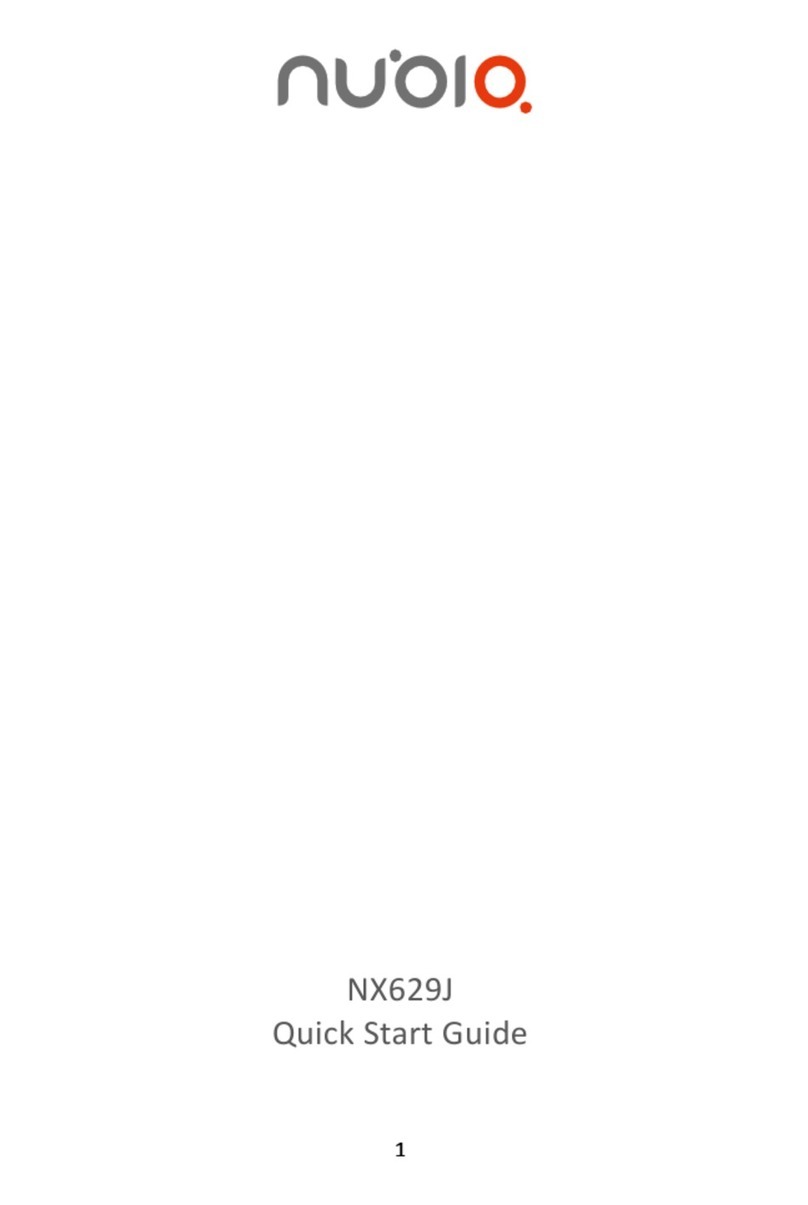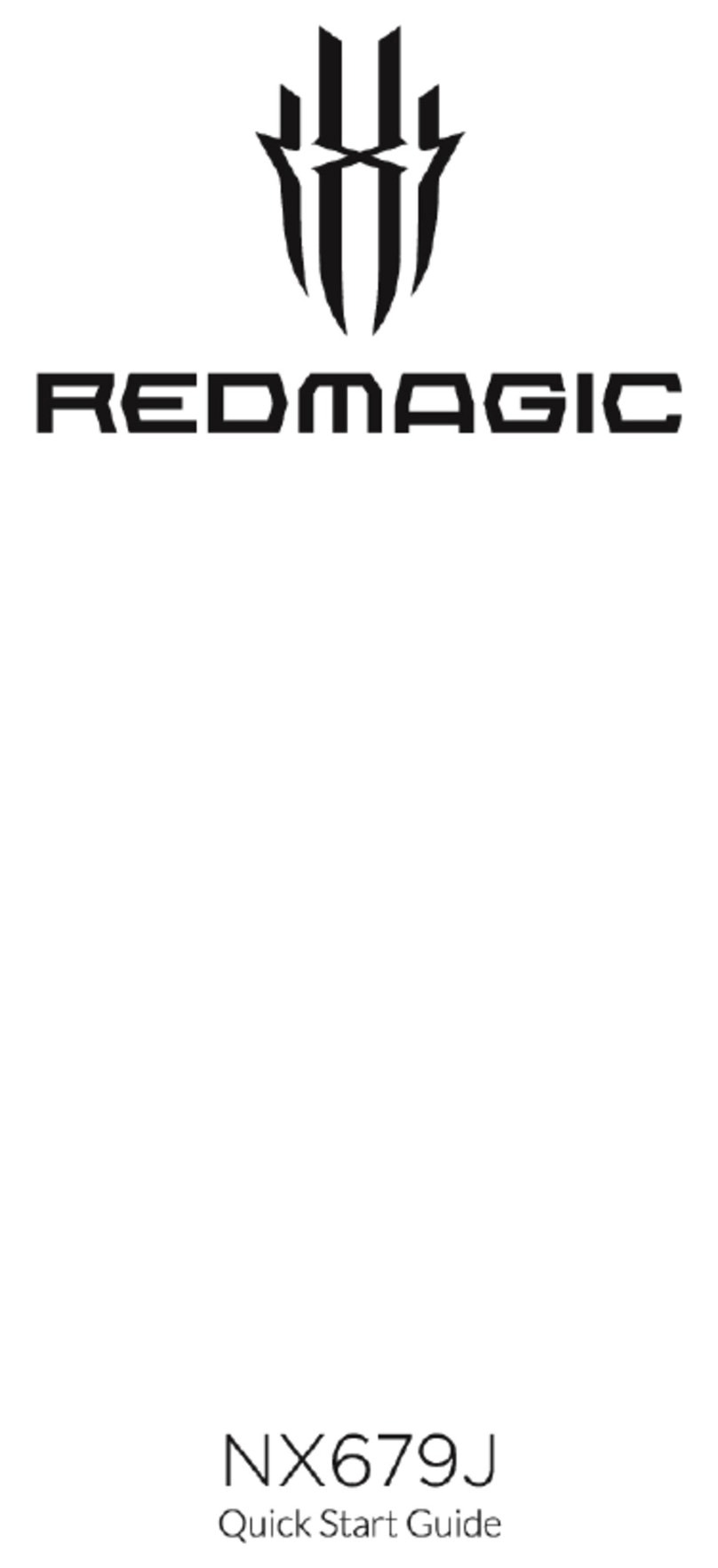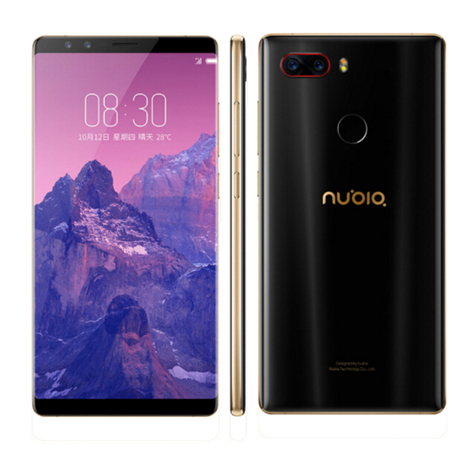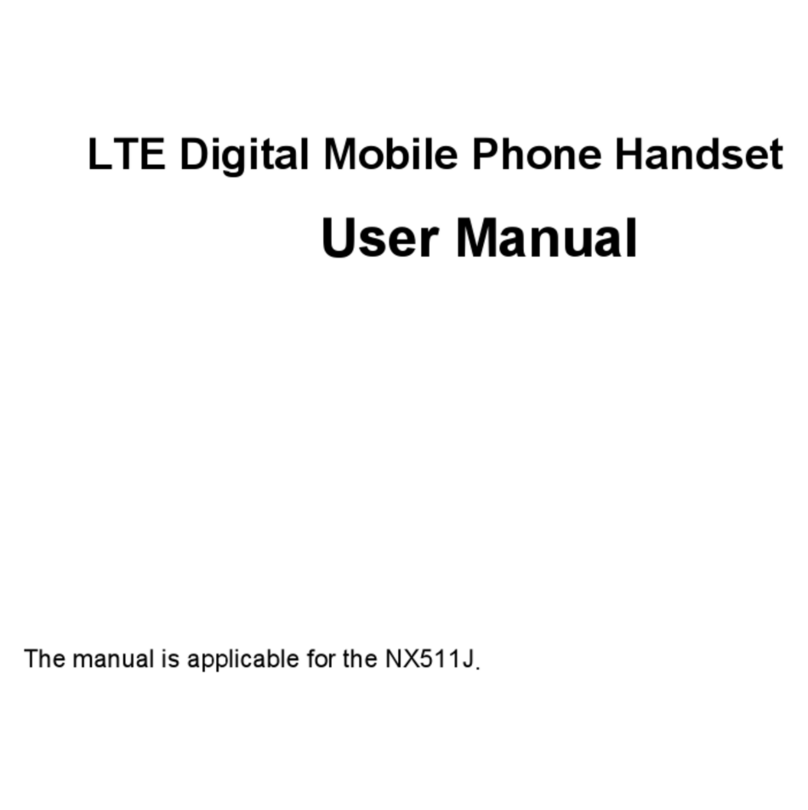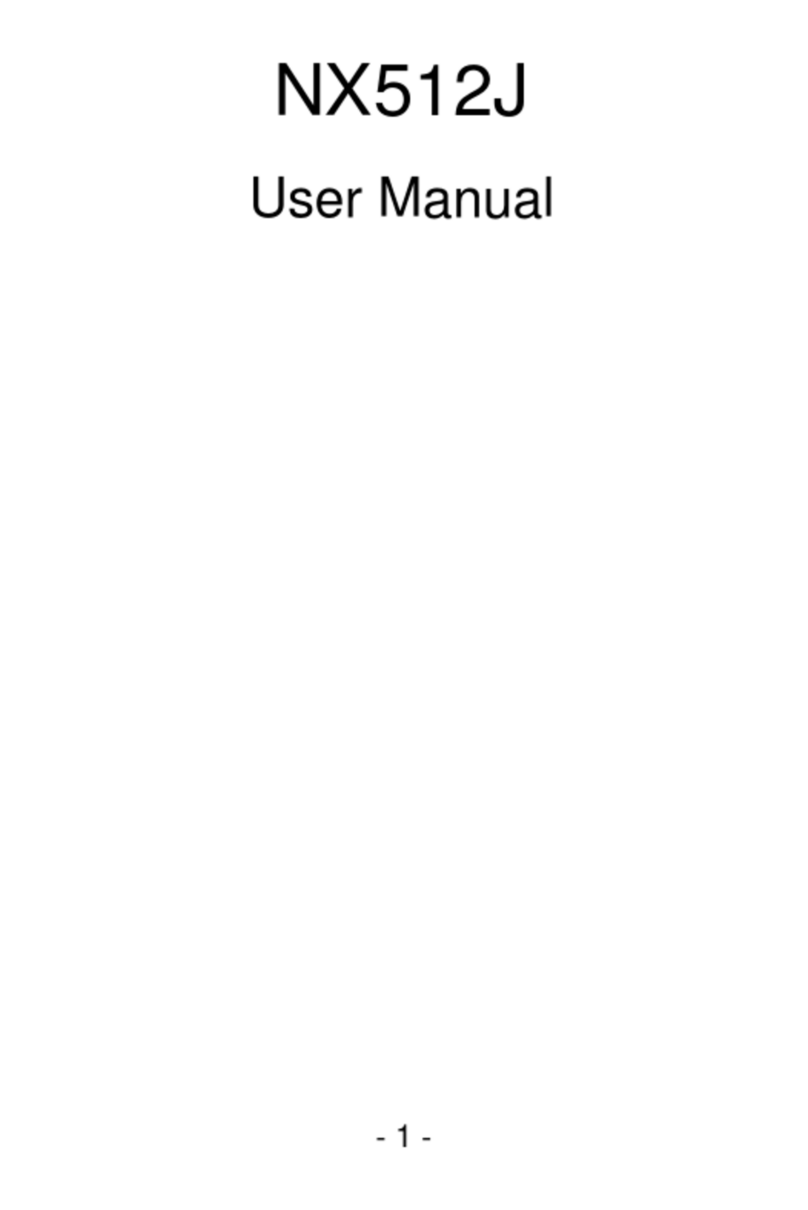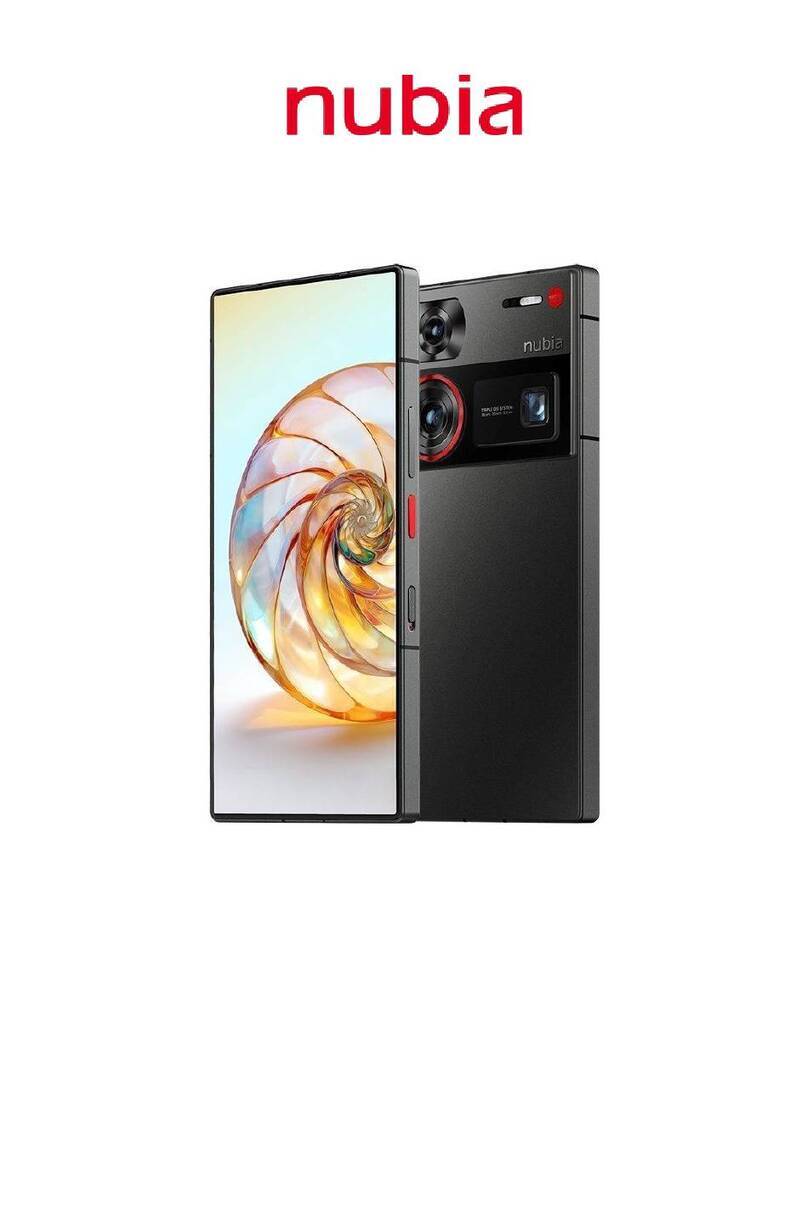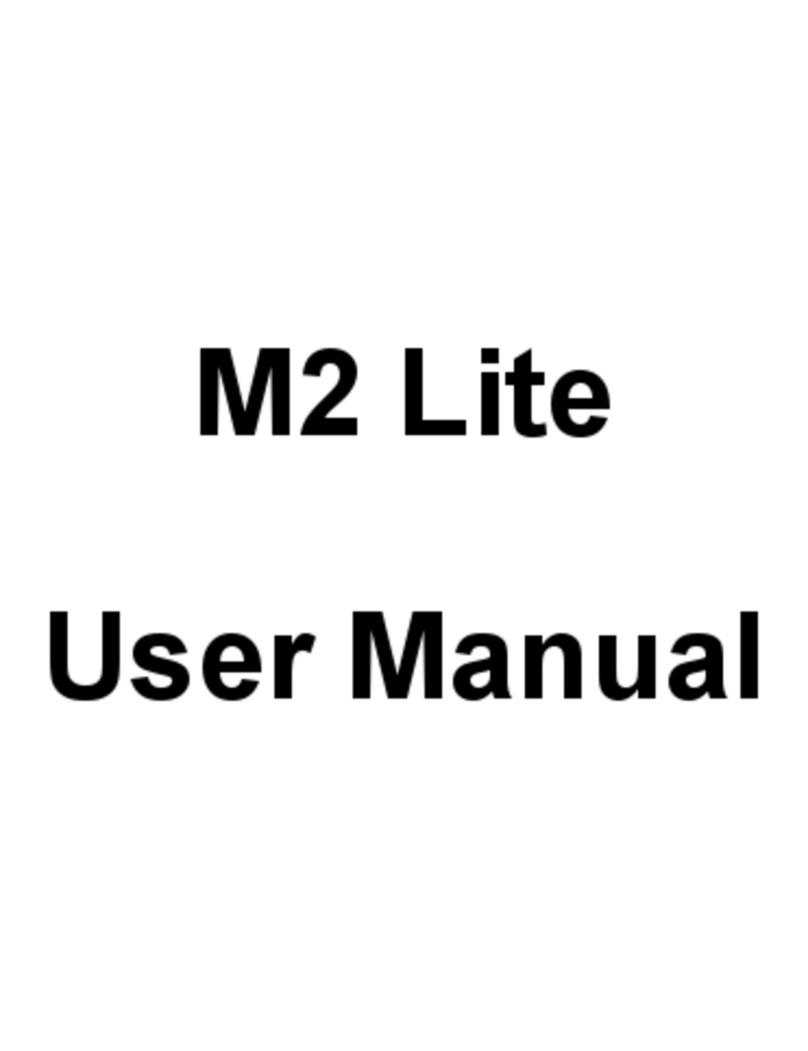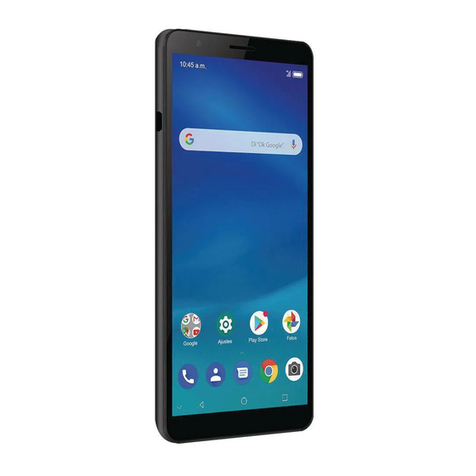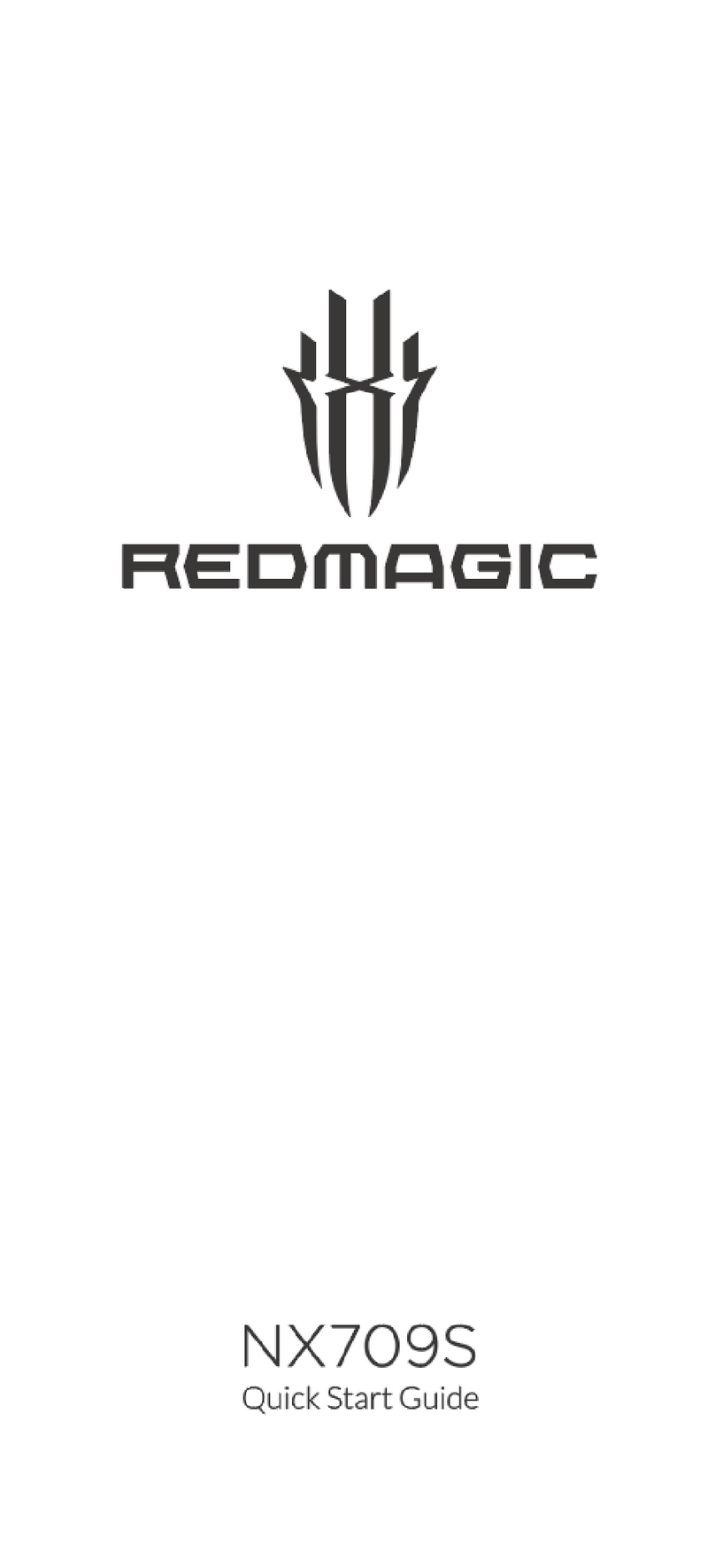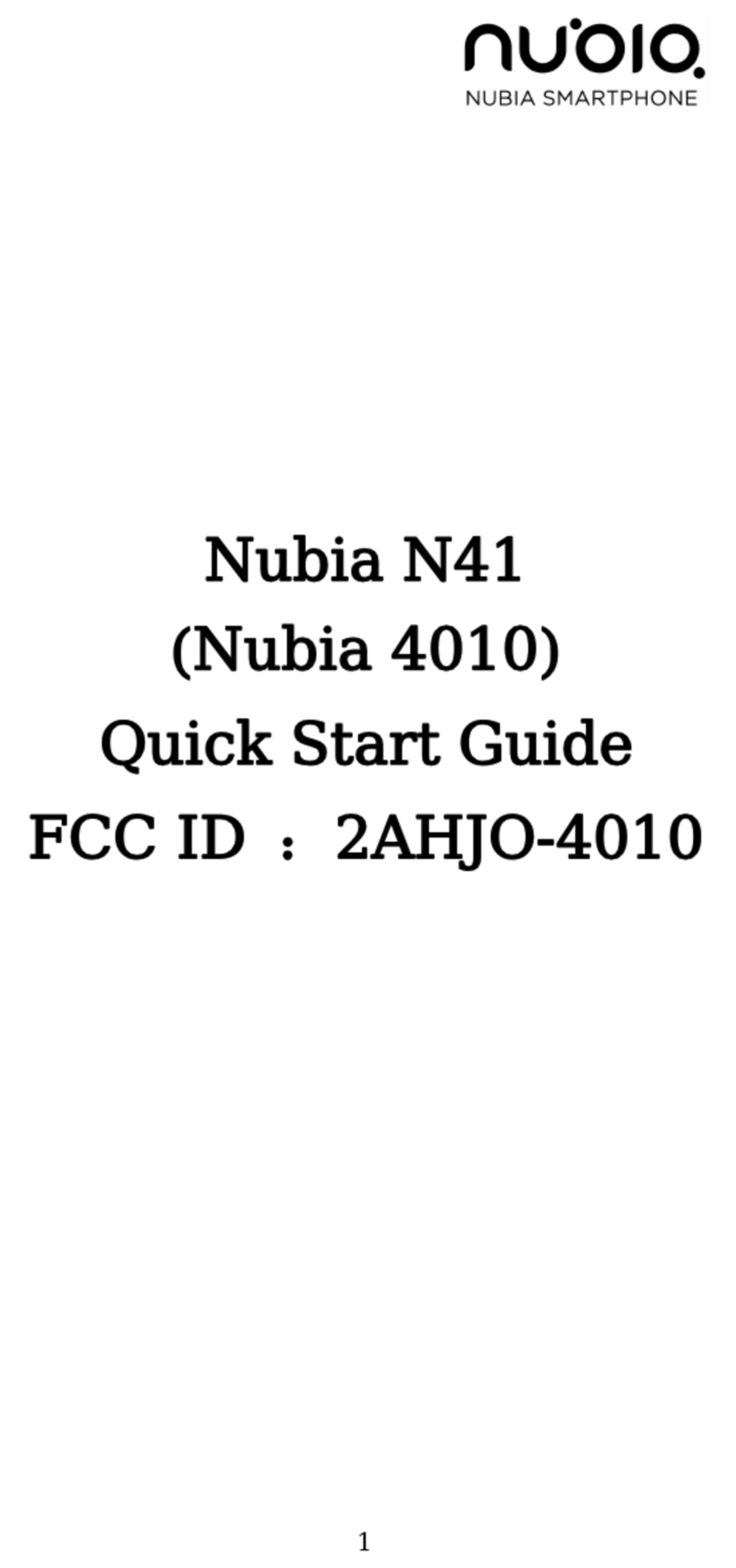
its highest certified power level in all tested
frequency bands, and placed in positions that
simulate RF exposure in usage against the head with
no separation, and near the body with the separation
of 10 mm. Although the SAR is determined at the
highest certified power level, the actual SAR level of
the device while operating can be well below the
maximum value. This is because the phone is
designed to operate at multiple power levels so as to
use only the power required to reach the
network. In general, the closer you are to a wireless
base station antenna, the lower the power output.
The exposure standard for wireless devices
employing a unit of measurement is known as the
Specific Absorption Rate, or SAR.
The SAR limit set by the FCC is 1.6W/kg.
This device is complied with SAR for general
population /uncontrolled exposure limits in
ANSI/IEEE C95.1-1992 and had been tested in
accordance with the measurement methods and
procedures specified in IEEE1528. This device has
been tested and meets the FCC RF exposure
guidelines when tested with the device directly
The FCC has granted an Equipment Authorization for
this model phone with all reported SAR levels
evaluated as in compliance with the FCC RF exposure
guidelines. SAR information on this model phone is
on file with the FCC and can be found under the
Display Grant section of www.fcc.gov/oet/ea/fccid
after searching on FCC ID: 2AHJO-NX531J.
For this device, the highest reported SAR value for
usage against the head is 0.499W/kg, for usage near
While there may be differences between the SAR
levels of various phones and at various positions,
they all meet the government requirements.
SAR compliance for body-worn operation is based on
a separation distance of 10 mm between the unit and
the human body. Carry this device at least 10 mm
away from your body to ensure RF exposure level
compliant or lower to the reported level. To support
body-worn operation, choose the belt clips or
holsters, which do not contain metallic components,
to maintain a separation of 10 mm between this
